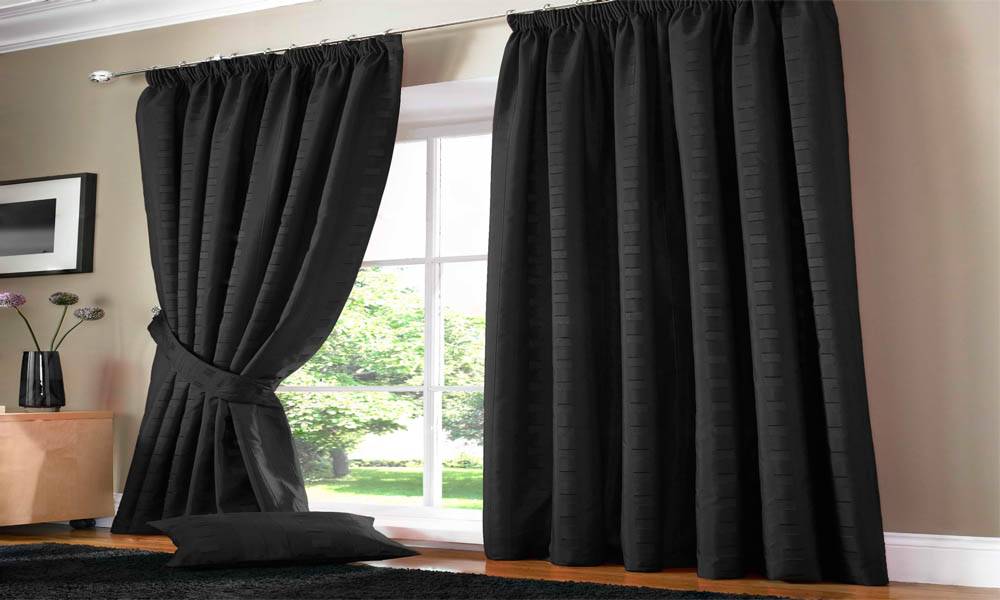Blackout curtains are a popular choice for interior designers because they offer many benefits to the homeowner. Not only do they provide privacy and control over the amount of light that enters the room, but they also offer energy efficiency and noise reduction.
One of the biggest benefits of blackout curtains is that they block out sunlight, which can help regulate the temperature of a room. This is especially important in areas with extreme weather conditions, such as hot summers and cold winters. By keeping the sunlight out, blackout curtains can help reduce the amount of energy needed to cool or heat a room, leading to lower energy bills.
Blackout curtains are also effective in reducing noise pollution. They absorb sound waves and prevent them from entering the room, making them ideal for bedrooms, home theaters, and other spaces where quiet is essential. This is especially important for people who live in urban areas, where noise pollution is a major concern.
The Aesthetics of Blackout Curtains in Interior Designing
Blackout curtains come in a variety of colors, textures, and styles, making them a versatile choice for interior designers. They can be used to create a dramatic effect or to add a touch of elegance to a room. They can also be customized to match the existing decor or to create a bold statement.
One of the most popular styles of blackout curtains is the floor-to-ceiling design. This type of curtain adds a sense of height to a room and can make it feel more spacious. It is also ideal for rooms with large windows or high ceilings.
Blackout curtains can also be used to create a focal point in a room. Bold patterns or vibrant colors can draw the eye and add interest to an otherwise neutral space. They can also be used to create a sense of continuity in a room by matching the curtains to the existing decor.
Choosing the Right Blackout Curtains for Your Home
When selecting blackout curtains for your home, there are several factors to consider. These include the material, color, style, and size.
The material of the curtains can affect the level of light blockage, as well as their durability and ease of cleaning. Thick fabrics such as velvet and wool are ideal for maximum light blockage, while cotton and linen are lighter and easier to clean.
The color of the curtains should be chosen to match the existing decor or to create a contrast that adds interest to the room. Neutral colors such as white, beige, and gray are versatile and timeless, while brighter colors can be used to create a bold statement.
The style of the curtains should also be chosen to match the existing decor. Floor-to-ceiling curtains are ideal for creating a sense of height, while shorter curtains are better for smaller rooms. The style of the curtains can also be used to add interest to the room, such as by using bold patterns or textures.

